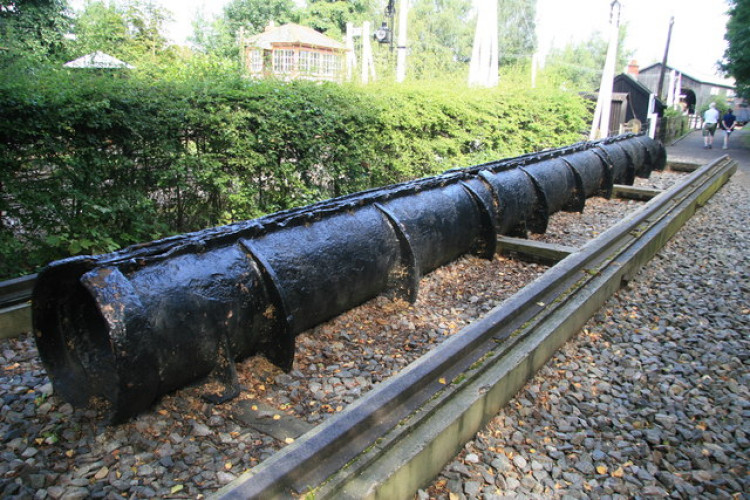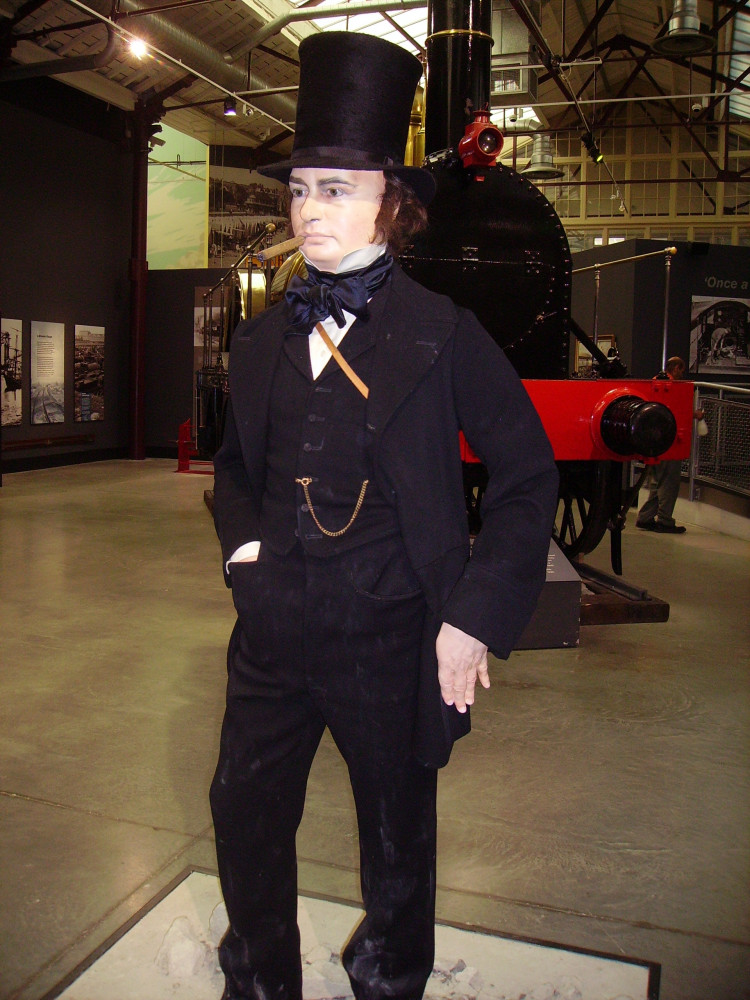Dawlish historian: Blowing up cliffs and Brunel's Atmospheric Railway
By Ray Bickel 19th Jun 2022
By Ray Bickel 19th Jun 2022

We continue the story of the railway in Dawlish. So, having passed the Act through parliament on 4 July 1844, construction began on 21 August.
Dawlish was filled with 'navvies' or construction men from all over the country. Great entertainment was had as the cliffs around Dawlish were blown up to form the cuttings and the tunnels between Dawlish and Teignmouth.
Brunel's Atmospheric Railway
Normally, the system for operating trains then was by steam propulsion.
However, Brunel chose a new system known as the 'Atmospheric Railway'.
The system worked by creating a vacuum in a pipe ahead of the train to allow air pressure to push it forward.

It was an impressive system when it worked, with trains able to reach 70mph.
However, trains would overshoot stations with passengers having to disembark and walk back to the station, and also the leather valve flaps holding the vacuum were vulnerable to frosts, heat, and sea water.
So, the railway company decided the experiment wasn't a success, and purchased steam locomotives instead to power the trains.
The opening day of the railway was on 30 May 1846 which happily coincided with the Whitsun bank holiday.

Through the next decades Dawlish grew, adding 1,000 to its population in 20 years.
Also, there was a gradual transference of the main town from the parish church towards the sea. Dawlish was slowly becoming a seaside resort.
Next time we will continue with the story with some ups and downs to follow...
----------
Ed: This is the seventh part of local historian Ray Bickel's series on Dawlish history. Use the links below to read previous articles:
Part One: What were the origins of Dawlish?
Part Two: The origins of St Gregory's Church
Part Three: The history of Dawlish's churches
Part Four: The origins of the Lawn and Tuck's Plot
Part Five: Tuck's Plot, the Lawn and the swans at the turn of the century
Part Six: Dawlish historian: The origins of Brunel's railway
CHECK OUT OUR Jobs Section HERE!
dawlish vacancies updated hourly!
Click here to see more: dawlish jobs
Share: